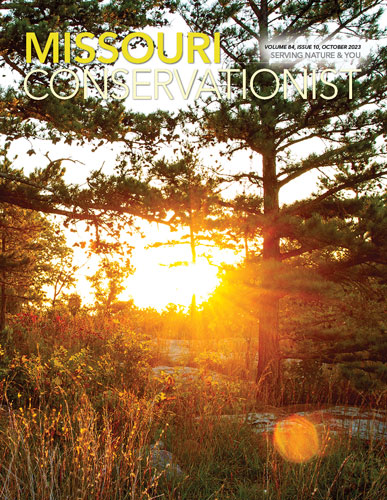
Blue jays are among the most recognizable backyard birds in Missouri. Whether you’re an experienced birdwatcher or just interested in these beautiful songbirds that are frequent visitors to your backyard or at the edge of a forest, they are fun to watch.
These intelligent birds like to chatter a lot — their sounds range from lovely chirps in the morning to loud and obnoxious squawks. They frequently mimic the calls of hawks, especially the red-shouldered hawk. These calls may provide information to other jays that a hawk is around or may be used to deceive other species into believing a hawk is present.
There are eight species of jays in North America; however, blue jays are the only jays in much of the eastern United States. Although they are much prettier looking, blue jays are closely related to the crow. They are identifiable by the crest on their heads and their blue, white, and black plumage. The dark pigment in their feathers is melanin. A trick of the light causes the blue color in their feathers. Scattering light through modified cells on their feather barbs’ surface makes their feathers appear to be blue.
Blue jays are known for their intelligence and complex social systems and have tight family bonds. They often mate for life and remain with their social mate throughout the year. Only the female incubates — her mate provides all her food during incubation.
The mating season typically takes place from mid-March to July. Once a female chooses her mate, they typically stay together for life in a monogamous relationship. Both male and female work together to build a nest for their young, and then when the female is sitting on her eggs, the male will feed and take care of her. Once the young are about 17 to 21 days old, the whole family will then leave the nest together.
Blue jays have a characteristic called sexual monomorphism, meaning the males and females look the same.
With male and female blue jays having similar plumage, it’s difficult to tell them apart. However, male blue jays are slightly larger.
On average, blue jays live about five to seven years, but the oldest known blue jay lived for at least 26 years and 11 months.
Blue jays are known to take and eat eggs and nestlings of other birds, but it isn’t common. In some studies of blue jay feeding habits, only 1 percent of jays had evidence of eggs or birds in their stomachs. They are not the carnivorous bird predators that they are made out to be. Birds’ eggs and baby birds are far from their favorite meal. Most of their diet was composed of insects, nuts, and mostly acorns.
Speaking of acorns, blue jays are acorn specialists. Typically living on the edge of forests, they enjoy acorns tremendously. A small hook at the pointed end of a jay’s beak is designed to open an acorn’s husk. Blue jays are one of the most ecologically important species for a forested environment due to their acorn-loving sweet tooth. Because blue jays routinely carry acorns for winter storage for a long distance, a single jay can gather and bury up to 4,500 acorns each fall, but it remembers where only a quarter of them are buried before springtime. So, each jay plants somewhere around 3,000 or more oak trees every year! By dispersing acorns further away from parent trees, blue jays provide oaks with enormous ecological service, where there will be less competition for light, nutrients, and water.
Blue jays are an incredibly interesting type of bird. From their intelligence, the way they bond with family, to the way they use their voices to communicate, they are a magnificent bird to watch.
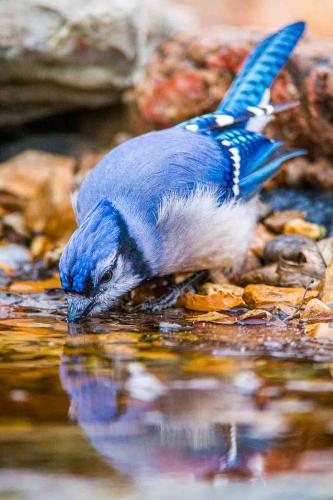
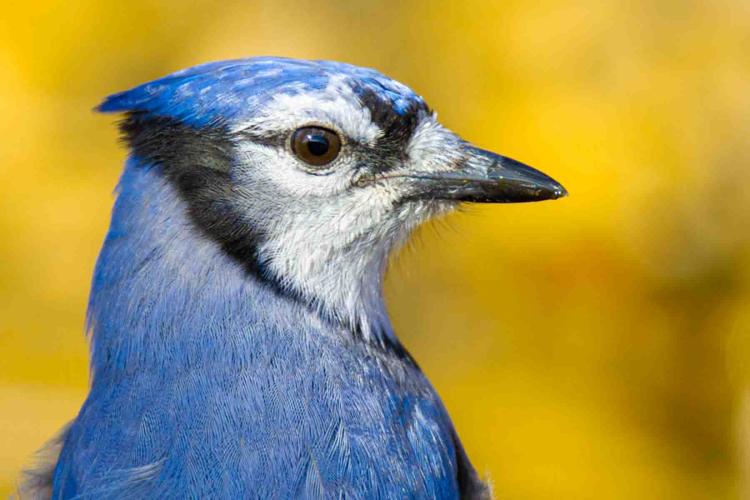
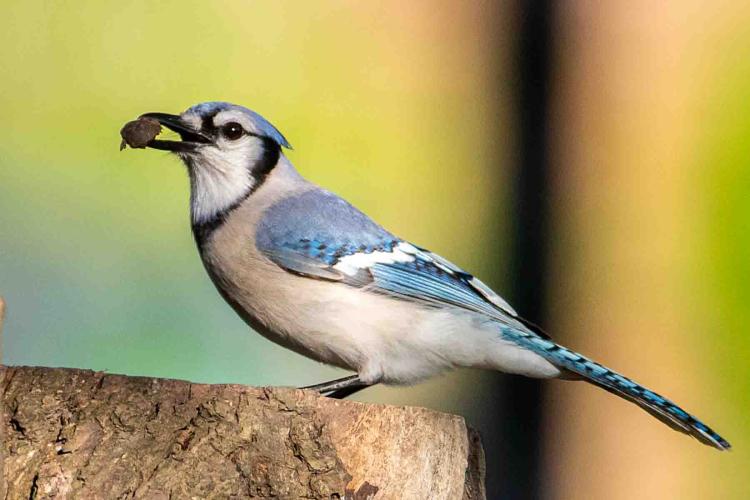
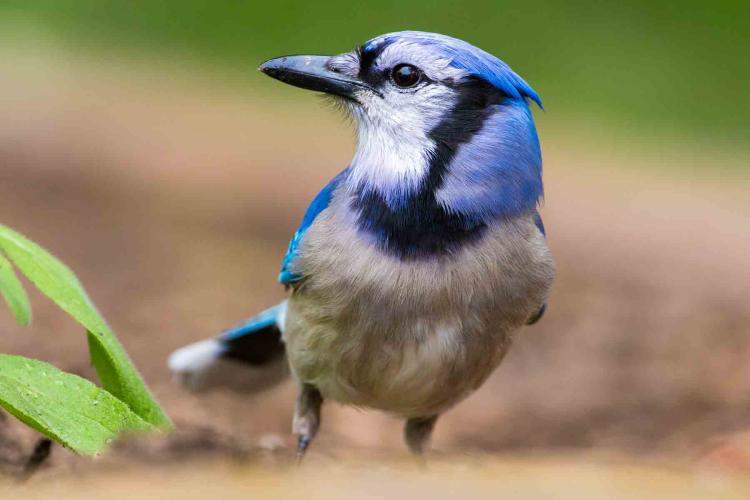
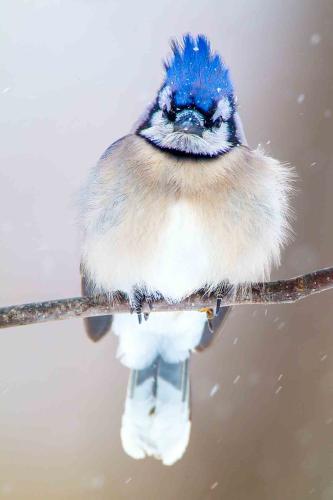
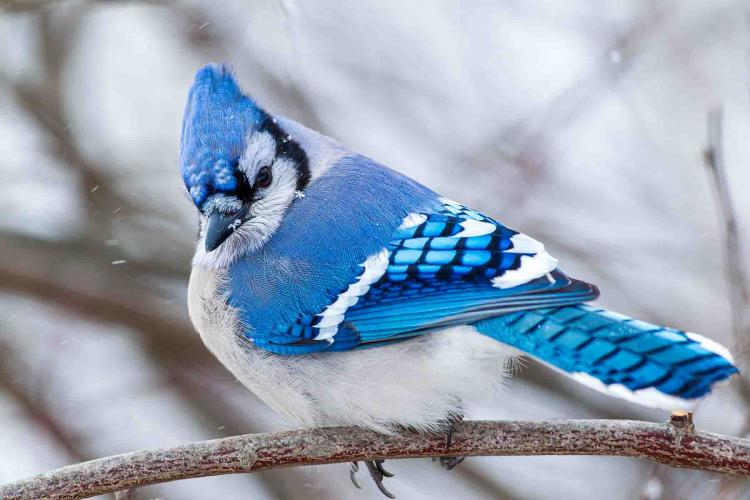
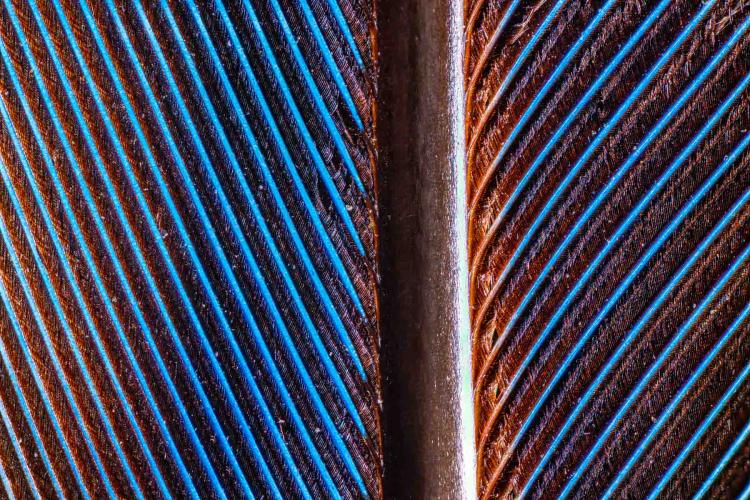
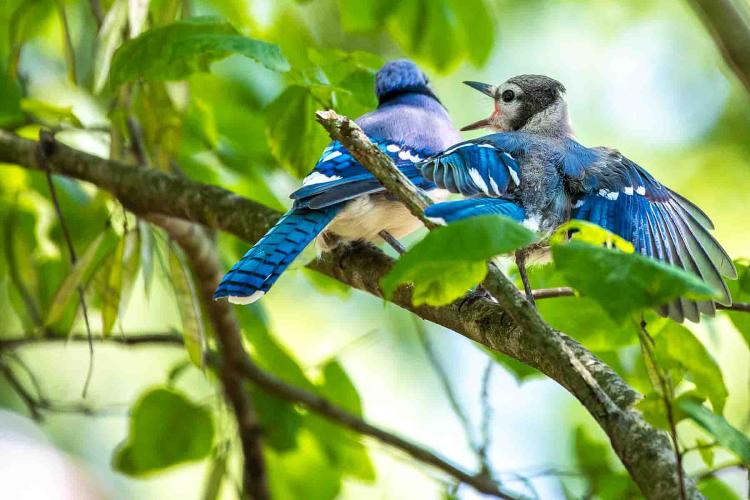
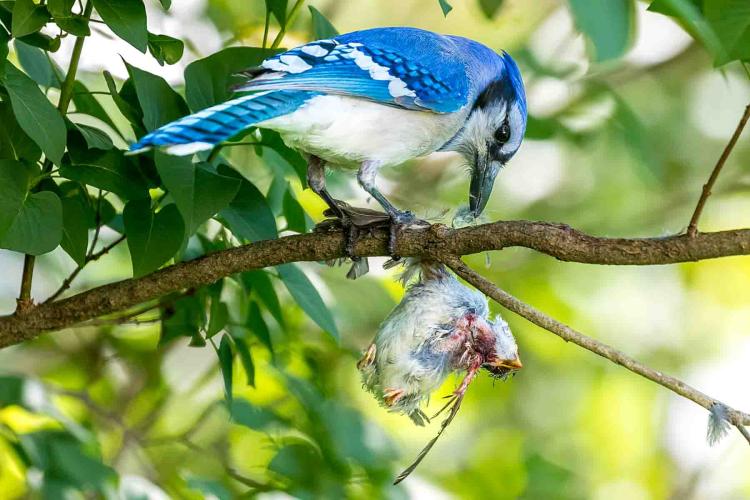
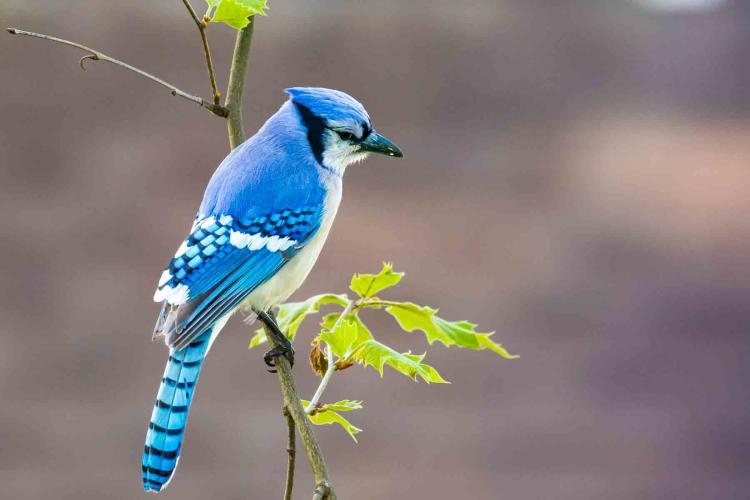
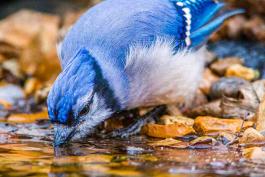
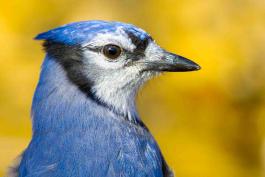
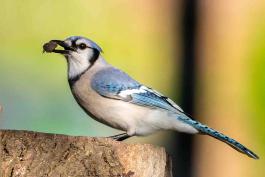
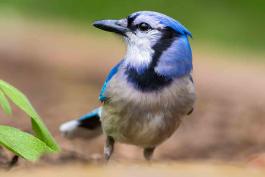
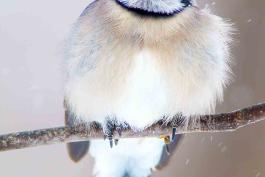
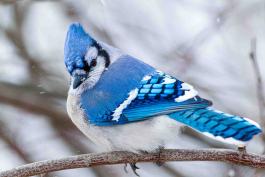
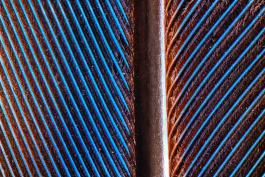
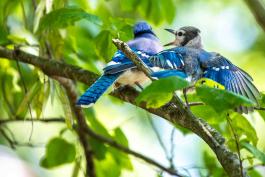
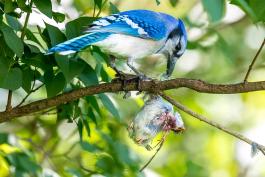
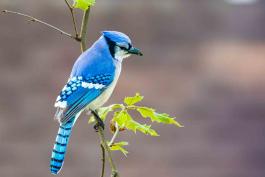
Also In This Issue
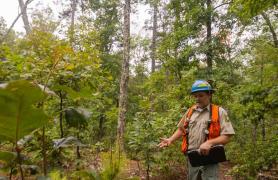
Drought, insects, fungi contribute to loss in oak forests
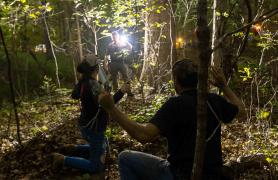
The work of Missouri’s conservation agents goes far beyond protecting fish and game
And More...
This Issue's Staff
Editor - Angie Daly Morfeld
Associate Editor - Larry Archer
Photography Editor - Cliff White
Staff Writer - Kristie Hilgedick
Staff Writer - Joe Jerek
Staff Writer – Dianne Van Dien
Designer - Shawn Carey
Designer - Marci Porter
Photographer - Noppadol Paothong
Photographer - David Stonner
Circulation – Marcia Hale






















